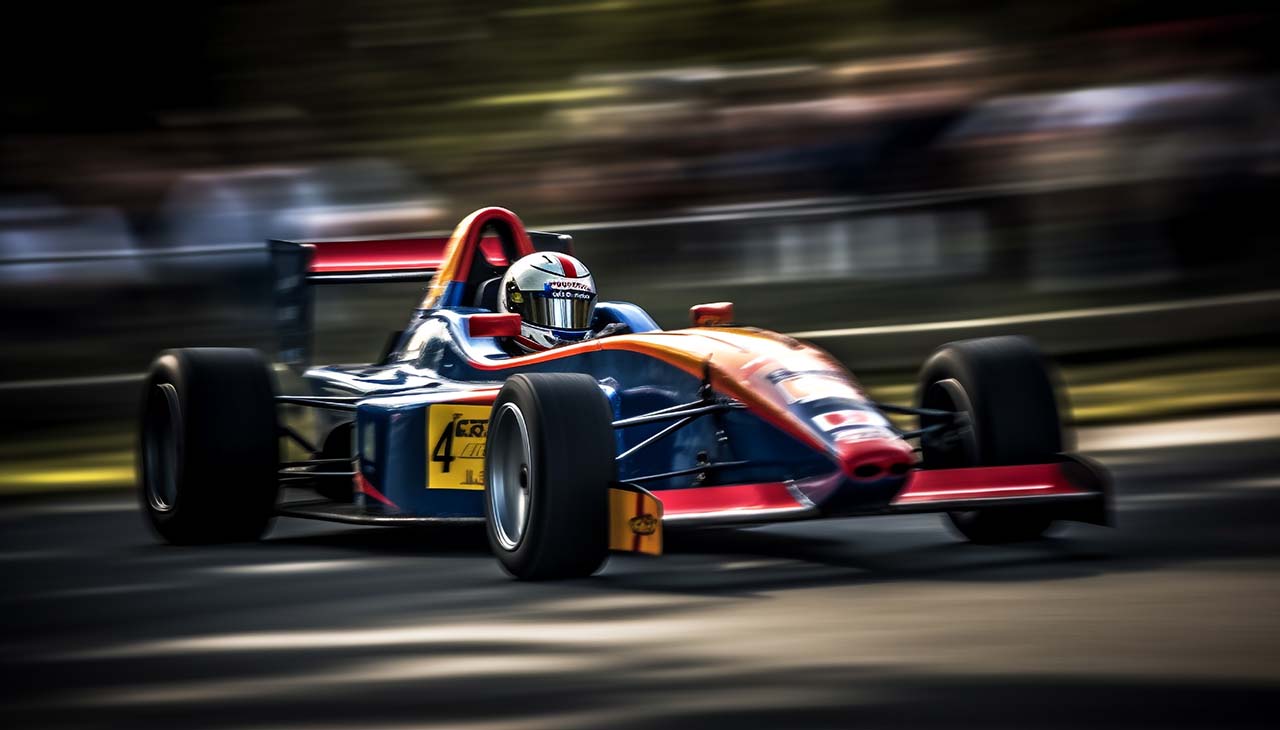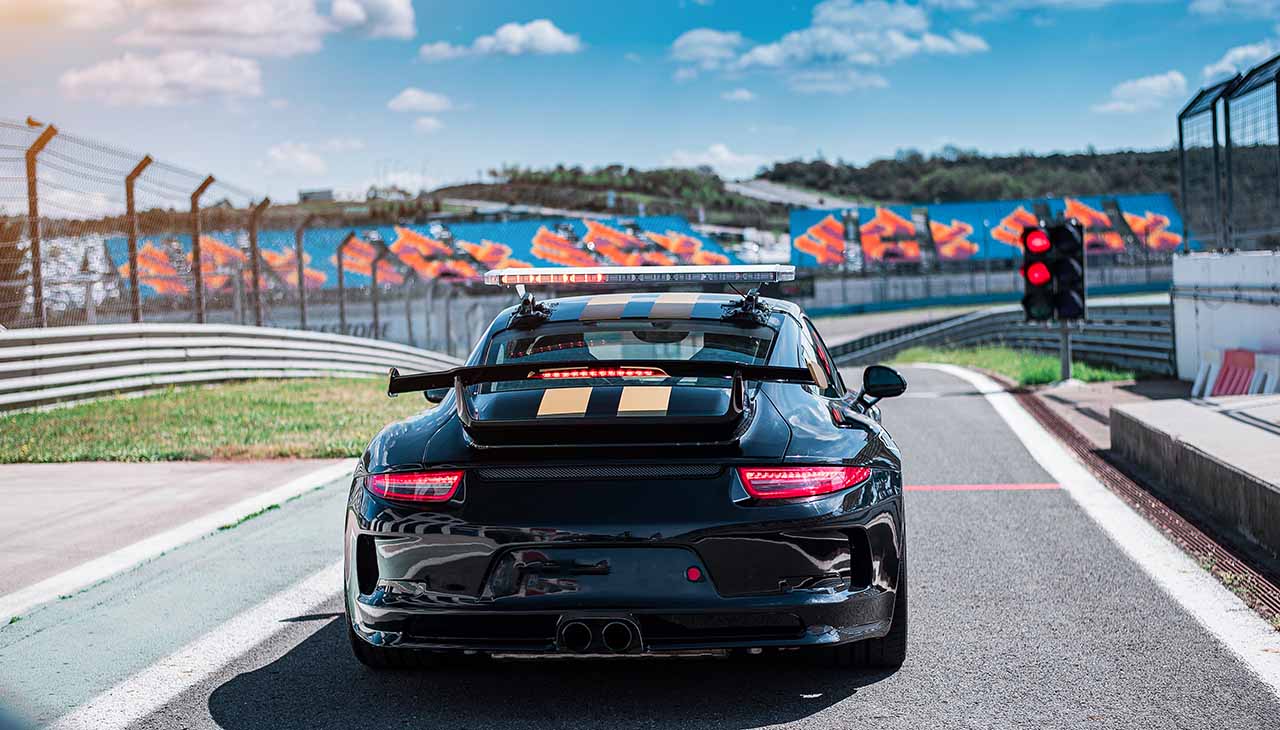In the adrenaline-charged world of motorsports, mastering the art of cornering is not just a skill—it’s an essential element that separates the novices from the virtuosos. This intricate ballet of precision, speed, and control is where races are often won or lost. Through the proper execution of cornering techniques, drivers can minimize their lap times, maintain higher speeds through turns, and ultimately, gain a competitive edge over their rivals. This guide aims to dissect the mechanics of cornering, from understanding the physics behind the maneuver to mastering the execution on the track. Whether you’re a burgeoning amateur or a seasoned pro looking to refine your technique, mastering the art of cornering is a thrilling challenge that demands respect, patience, and continuous practice.
Fundamentals of Cornering
Understanding Racing Lines
A racing line is the optimal path a vehicle should follow through a corner to carry the maximum possible speed. It begins with approaching the turn from the outside edge of the track, hitting the apex—the innermost point of the turn—then exiting back to the outer edge. This line reduces the corner’s effective radius, enabling higher speeds and smoother transitions between turns. Mastering this involves keen observation, practice, and adapting to each track’s unique layout.
Braking Techniques Before Entering a Corner
Braking technique is crucial for managing speed before entering a turn. Effective braking should be done in a straight line, applying firm pressure to the brake pedal and then gradually releasing it as you turn into the corner—a technique known as ‘trail braking’. This method helps manage the car’s weight distribution and maintain traction, setting up for a faster corner exit by allowing the driver to begin accelerating sooner.
Importance of Weight Transfer and Vehicle Dynamics
Understanding weight transfer and vehicle dynamics is fundamental in optimizing cornering performance. As a vehicle decelerates entering a turn, weight shifts forward to the front wheels, increasing their grip. Conversely, when accelerating out of a turn, weight shifts to the rear wheels, aiding traction for a powerful exit. Managing this weight transfer through skilled braking and acceleration is key to maintaining balance and stability through corners. Mastery of these elements enables a driver to exploit their vehicle’s potential fully, achieving minimal lap times while preserving tire and fuel efficiency.
Techniques for Improved Cornering
Apex Selection and Execution
Choosing the correct apex for each corner is critical to maximizing your speed through a turn. The ideal apex point allows for the shortest path around a corner while maintaining the highest possible speed. Execution requires precise timing and control: turning in too early or too late can lead to a suboptimal line that either decreases speed or increases the risk of going off track. A well-chosen apex not only sets up for a faster corner but also for a more efficient exit, enabling earlier acceleration.
Acceleration Out of the Corner
Acceleration out of the corner is as much about timing as it is about technique. The goal is to begin applying the throttle as soon as possible without compromising traction. This requires a smooth, progressive increase of power to prevent the wheels from spinning, ensuring that every bit of power is translated into forward momentum. Achieving this requires a deep understanding of the car’s grip limits and a feel for how weight transfers back to the rear wheels, enhancing traction as you exit the turn.
Managing Understeer and Oversteer
Understeer and oversteer represent two sides of the cornering challenge, each requiring different corrections to maintain control. Understeer occurs when the front wheels lose grip, causing the car to continue straight instead of turning. Counteracting understeer involves reducing throttle or gently applying the brakes to shift weight forward, increasing the front tires’ grip. Oversteer, on the other hand, happens when the rear wheels lose traction, causing the back end of the car to slide out. Managing oversteer requires a combination of counter-steering and careful throttle modulation to regain control and prevent a spin. Mastering the management of understeer and oversteer is essential for navigating corners efficiently and safely, keeping the car balanced and on the intended racing line.
Advanced Cornering Strategies
Trail Braking and Its Benefits
Trail braking is a high-level driving technique that involves applying the brakes beyond the entrance to a corner and gradually releasing them as you turn in. This method contrasts with the traditional approach of completing all braking while still in a straight line before entering the turn. The key benefit of trail braking is the more efficient management of the car’s weight transfer, allowing the driver to maintain more control and speed through a corner. By carefully modulating the brake pressure, the driver keeps the weight of the car shifted towards the front wheels, which aids in turning by increasing their grip. This increased control makes it easier to adjust the car’s trajectory mid-corner and allows for a smoother transition to acceleration upon corner exit.
Late Apex vs Early Apex Strategies
The choice between a late apex and an early apex can significantly affect a driver’s cornering speed and the overall lap time. An early apex is where the driver aims to hit the inside of the corner sooner, which can initially seem faster but often leads to a wider and slower exit, compromising the speed onto the following straight. Conversely, a late apex involves turning in later, with the aim of clipping the inside of the corner at the deepest point. This strategy allows for a tighter arc through the corner and a straighter, faster exit. Late apexing is particularly advantageous on corners that lead onto long straights, as it allows the driver to maximize acceleration and speed onto the straight, ultimately reducing lap times.
Using Throttle Control to Optimize Corner Exit Speed
Throttle control is essential for optimizing corner exit speed. Effective throttle control involves gradually applying power as the car passes the apex and starts to straighten. This gradual application helps maintain traction by preventing the wheels from spinning under power, which is crucial for rear-wheel-drive vehicles. The key is to synchronize the throttle application with the weight transfer towards the rear wheels, maximizing grip and therefore acceleration out of the corner. Skilled drivers use throttle control not only to speed up but also to subtly adjust the car’s balance and direction, smoothing out the exit phase and ensuring the car remains stable and fast onto the following straight or into the next turn. Mastery of throttle control allows for the conservation of momentum and optimal use of the car’s power throughout the cornering process.
Physical and Mental Aspects of Cornering
Fitness and Conditioning for Handling G-Forces
Proper fitness and conditioning are crucial for drivers to effectively manage the G-forces encountered during high-speed cornering. The physical strain placed on the body in the midst of complex maneuvers requires not only cardiovascular endurance but also substantial core strength and neck stability. Regular strength training, coupled with specific exercises targeting the neck and core, prepares drivers to withstand the intense lateral and longitudinal forces without succumbing to fatigue. This physical preparation ensures that drivers maintain precision and control throughout the race, particularly in circuits with a succession of challenging corners.
Focus and Concentration During Complex Corner Sequences
The ability to maintain focus and concentration is paramount when navigating complex corner sequences. Drivers must constantly anticipate changes in the track, the car’s behavior, and the actions of competitors, all while executing precise maneuvers at high speeds. This cognitive load demands acute attention and mental endurance, skills honed through practice and experience. Techniques such as visualization and meditation can also enhance a driver’s capacity to remain focused under pressure, enabling them to make split-second decisions that can mean the difference between victory and defeat.
Psychological Aspects of Pushing Limits While Cornering
Pushing the limits while cornering not only tests a vehicle’s capabilities but also the psychological resilience of the driver. The mental challenge of balancing on the edge of control, where even a minor mistake can lead to significant consequences, requires a blend of confidence and caution. Developing mental toughness allows drivers to confront these high-stakes situations with a calm and collected mindset, enabling them to take calculated risks without succumbing to fear. This psychological fortitude is cultivated through experience, reflection on performance, and a deep understanding of both personal and vehicle limits.
Vehicle Setup for Optimal Cornering Performance
Suspension Tuning for Improved Grip
Suspension tuning is a critical aspect of vehicle setup for optimal cornering performance. Adjusting the suspension components, including springs, dampers, and anti-roll bars, can significantly enhance the car’s grip on the track. A well-tuned suspension setup improves the contact patch of the tires with the road surface, allowing for higher cornering speeds and more stable handling. The goal is to achieve a balance that reduces body roll during cornering, maintains tire contact with the road, and distributes weight evenly across all tires. This balance must be tailored to the specific demands of a track, as variations in surface and corner types require different setups for maximum effectiveness.
Aerodynamics and Downforce Considerations
Aerodynamics play a pivotal role in enhancing vehicle performance through corners. The application of aerodynamic components such as splitters, spoilers, diffusers, and wings can significantly increase downforce, pressing the car onto the track to improve tire grip without substantially increasing weight. This downforce allows for higher cornering speeds by counteracting the natural lift generated at high speeds. Adjusting these aerodynamic elements to optimize the balance between downforce and drag is crucial; too much downforce can slow the car down on straights, while too little can lead to decreased stability and grip in corners.
Tire Selection and Maintenance for Consistent Performance
Tire selection and maintenance are foundational to achieving consistent cornering performance. The right tires can provide the necessary grip and responsiveness needed for effective cornering, braking, and acceleration. Factors such as compound softness, tread pattern, and tire pressures must be carefully considered and adjusted according to track conditions, weather, and driving style. Regular maintenance, including tire rotation, balancing, and checks for wear or damage, ensures optimal performance and longevity of the tires. Understanding the nuances of tire behavior under different conditions is key to making informed decisions on tire setup, contributing significantly to a vehicle’s cornering capabilities.

